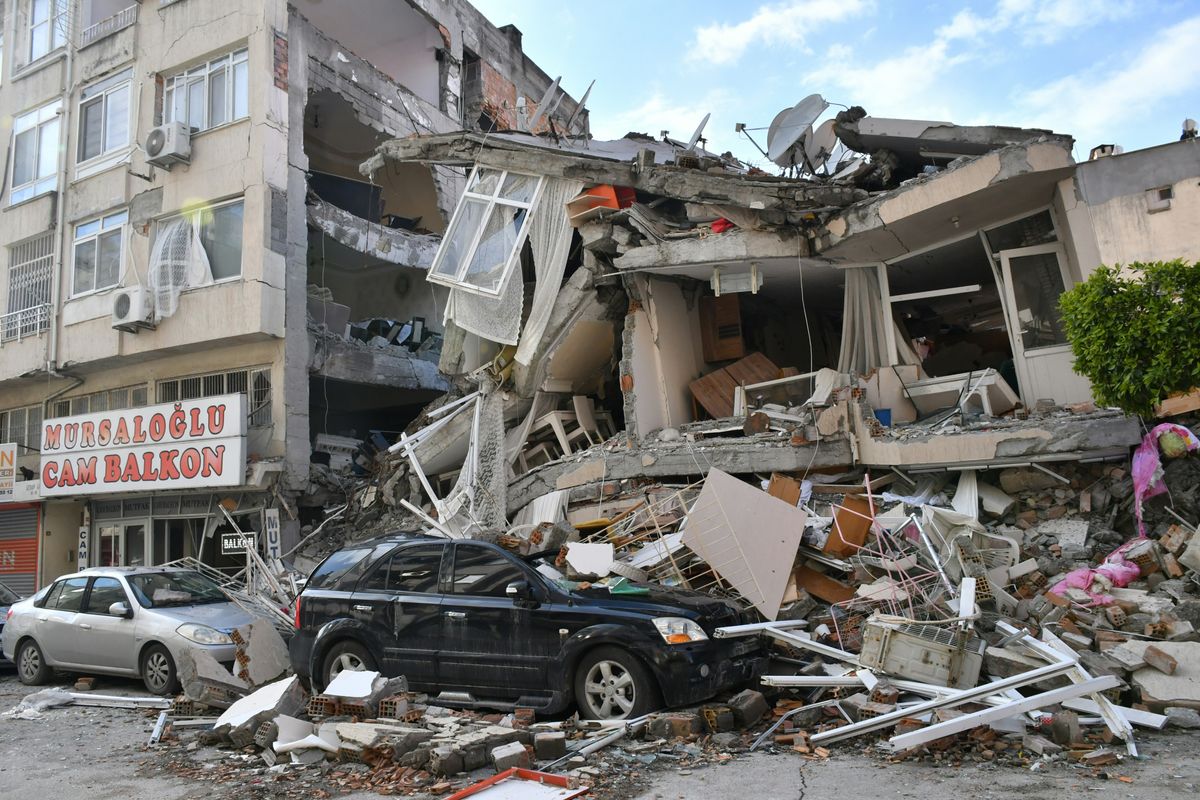Architecture for crisis

I. M Pie says: “Architecture is the mirror of life,” It tells a story of civilization and endeavors toward its immortality. But, like most things, it barely bears nature’s wrath.
Despite the technological developments that men realized in architecture and engineering fields, Natural and man-made disasters (earthquakes, Tsunamis, pandemics, etc.) always seem to bring us to the starting point. For not only our built spaces can’t protect us, but they may also take our lives.
In times of crisis, Architecture’s contribution is far from marginal. It plays an important spatiotemporal role that extends from the very first design stages to the reconstruction era. This role consists of three strategies:
Prevention
Preliminary studies of a construction project are primordial to its resistance and safety. It is crucial to consider and test all parameters (structural, environmental, cultural, etc.) during the first stages of design and before the concretization of the project. As for the existing constructions, it is important to make sure they are adapted newest datum of construction norms and public safety.
Also, using technology to optimize buildings and control hazards within is now more evident than ever. The insertion of intelligent systems such as sensors and IoT systems could help keep an updated status of the interior atmosphere and send real-time alarms of potential risks.
Crisis management
During a crisis, architecture must act fast, economically, and effectively. Using agile solutions like modular and light structures buys time and allows quick, clean on-site interventions. Also, Working with BIM and simulation software tests different scenarios and helps with prompt interdisciplinary decision-making.
The structural and functional reassignment and rehabilitation of different built spaces allow flexible responses, buy time, and cut down expenses that later would be directed to rebuilding and developing.
Reconstruction
To rebuild and re-adjust. “the after-phase” can be overwhelming on many levels. It requires a high budget, cultural relevance; the implication of the new requirements, and it has to be fast.
To that end, a study of new design and construction approaches must take place to come up with optimazed results. In that context, the use of BIM and simulation software allows an adjustable preview of the procedure and keeps track of its development. Furthermore, the involvement of sustainable practices like local materials and techniques resourcing also helps reduce waste, energy, and expenses.
“Architecture is the mirror of life,” and life requires us to move on. Thus, it is time to see beyond all we lost and consider these compelling human experiences as opportunities to see better, know better, and build better. Build in harmony with nature rather than colonize it. Maybe then, it will exempt us from its wrath.